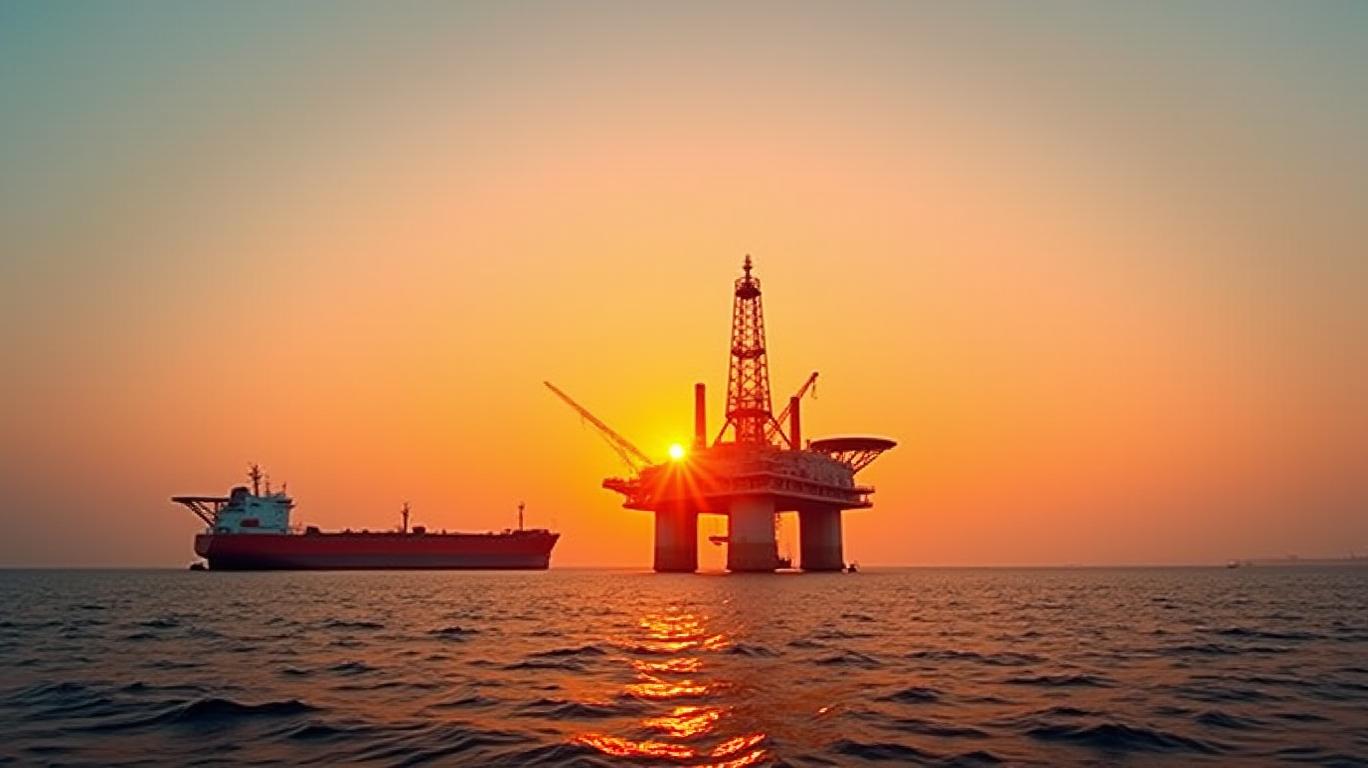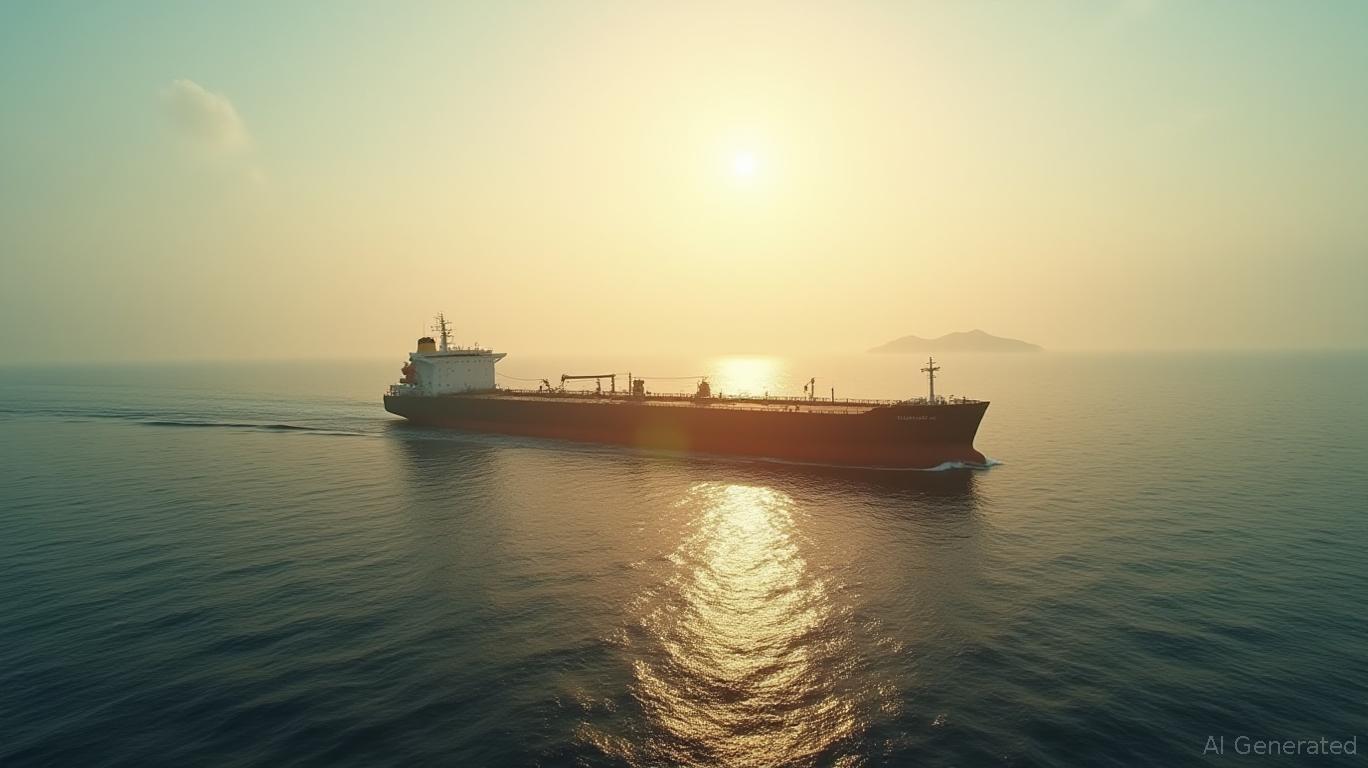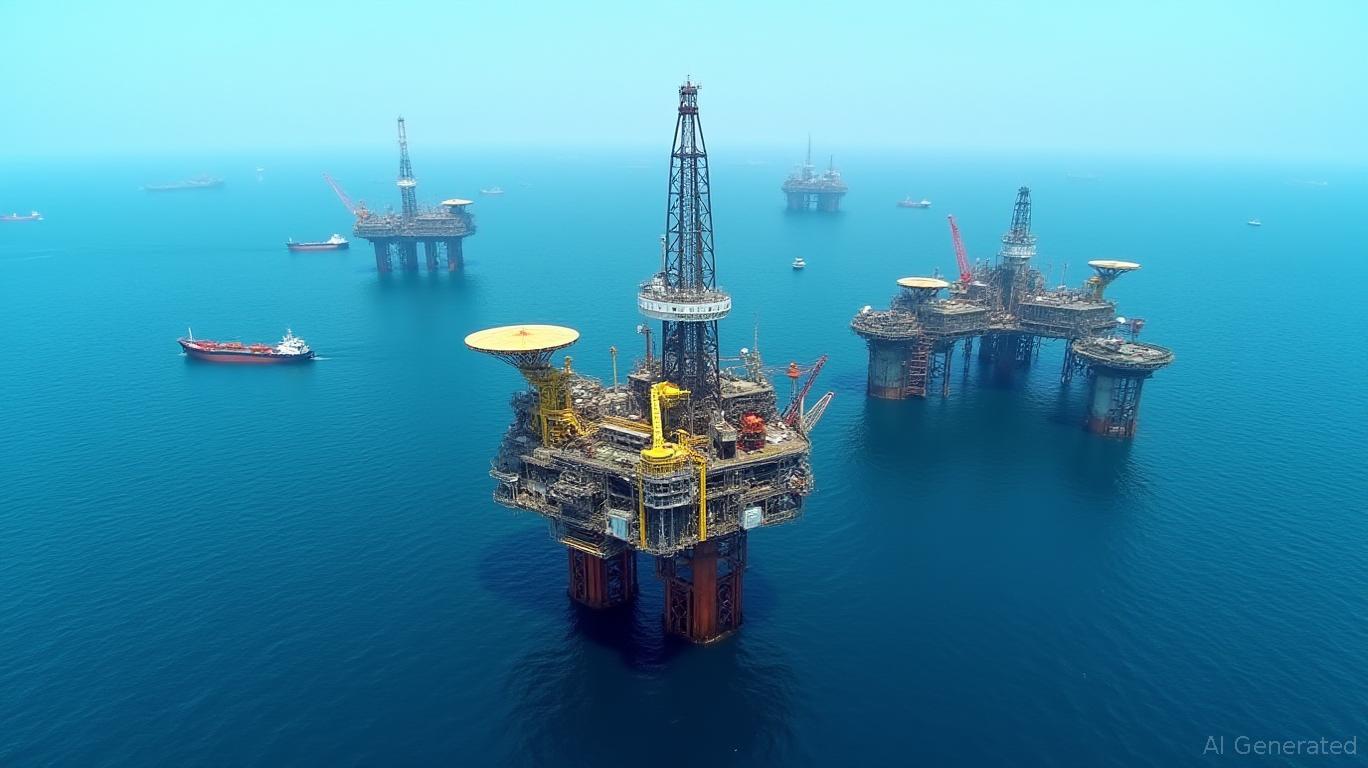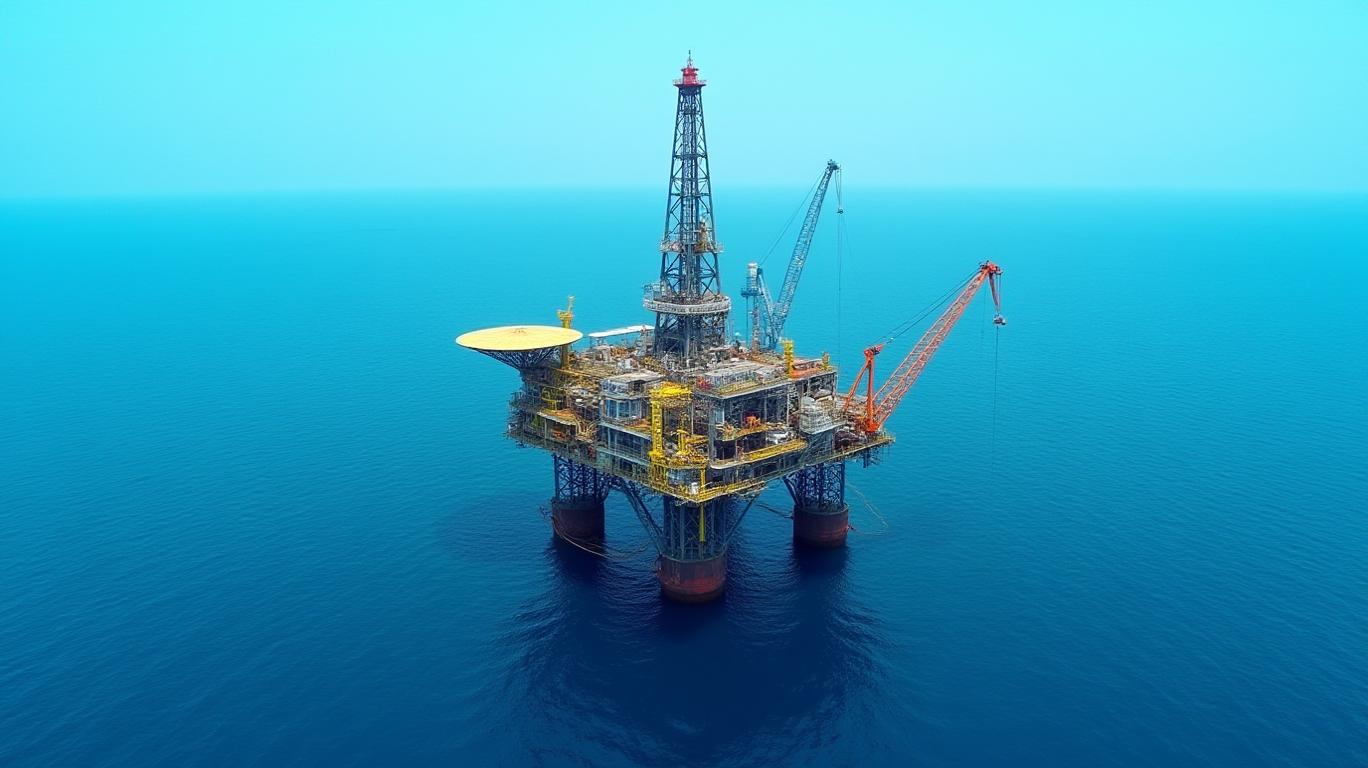West African Crude Differentials: A Steady Climb Amidst Supply Constraints
The global oil market has long regarded West African crude differentials as a barometer of regional stability and Asian demand dynamics. As of May 2025, these differentials are projected to rise to $3.50–$4.00 over Brent crude, marking a notable rebound from April’s narrower range of $3.00–$3.50. This upward trajectory reflects a complex interplay of supply-side challenges, strategic geopolitical positioning, and the insatiable appetite of Asian refiners for light, sweet crude. Below, we dissect the factors fueling this shift and its implications for investors.
Ask Aime: How will the projected rise in West African crude differentials impact the global oil market?

The Supply-Side Squeeze
The primary catalyst for the widening differential is ongoing maintenance activities in key producing nations such as Nigeria and Angola. For instance, Nigeria’s Forcados terminal, a critical export hub, faced operational delays in early 2025 due to pipeline repairs. Similarly, Angola’s Qua Iboe field, known for its low-sulfur, high-quality crude, experienced reduced output during scheduled refinery upgrades. These constraints have tightened regional supply, pushing prices upward relative to benchmark Brent.
Analysts note that maintenance schedules in West Africa often overlap with seasonal demand peaks, amplifying their market impact. The reveals a 5–7% dip in output during Q2 2025 compared to the previous quarter, aligning with the projected differential expansion.
Asian Demand: The Unsung Driver
While supply bottlenecks create upward pressure, sustained demand from Asia is the linchpin of this trend. Indian and Chinese refiners, particularly those optimized for light crude, have increasingly turned to West Africa to diversify their feedstock. Middle Eastern grades, though competitive, often lack the sulfur profiles preferred by Asian refineries.
The shows a 12% rise in West African crude volumes entering Indian ports in April . This shift underscores how geopolitical risks in the Middle East and logistical advantages of shorter shipping routes from West Africa are reshaping trade flows.
Navigating Headwinds
The April 2025 dip to $3.00–$3.50 over Brent was partly due to OPEC+ production cuts and increased competition from Middle Eastern suppliers. However, May’s rebound signals a rebalancing of the market. Key risks remain, including:
- Operational unpredictability: Pipeline sabotage in Nigeria’s Niger Delta and Angolan labor disputes could disrupt supply.
- Geopolitical volatility: Tensions between coastal states and landlocked oil exporters (e.g., Chad, Cameroon) over export revenues may flare up.
- Middle Eastern competition: Saudi Arabia and UAE could flood markets with discounted crudes to regain market share.
The Bottom Line: A Bullish, but Cautious Outlook
West African crude differentials are on a steady upward path, driven by structural supply constraints and Asian demand resilience. The $3.50–$4.00 over Brent range for May 2025 reflects a market recalibration favoring quality and reliability. Investors should note:
- Long-term stability: Political risks in the region remain contained, with most conflicts localized and manageable.
- Quality premium: Light, sweet crudes like Forcados (sulfur content: 0.3%) and Qua Iboe (0.16%) command premiums in Asian markets, where refiners avoid high-sulfur grades requiring costly desulfurization.
- Inventory dynamics: As of May, global crude inventories stand at 2.8 billion barrels, a 4% drop from 2024 levels, suggesting tightening liquidity that supports price hikes.
In conclusion, while West African differentials may face short-term volatility, the structural fundamentals—steady Asian demand, constrained supply, and crude quality—position them for sustained strength. Investors should prioritize exposure to producers like TotalEnergies (TTE.F) and Equinor (EQNR) while monitoring geopolitical flashpoints and maintenance schedules. The $3.50–$4.00 range is not just a number; it’s a testament to West Africa’s enduring role as a linchpin of global oil markets.

_f86da1b01749674376692.jpeg)








